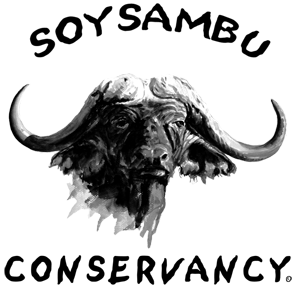Spring has definitely sprung on Soysambu, and with it has come the next generation of wildlife. Baby Gazelles, Impala, Baboons and Zebra can be seen running and dancing around on the fresh (albeit short) but never the less, green grass! Three new arrivals in particular have everyone talking excitedly, three brand new Rothschild’s Giraffe! We are not sure exactly when they were born, but signs all point to sometime in the last week. The three calves are in a group of about 12 other adults and sub-adults living in the sanctuary around the lake sure. There is also another heavily pregnant female who looks ready to have her calf any day now!
Soysambu Conservancy currently has a group of volunteers monitoring the giraffe and their habitat daily. The group from Africa Venture Volunteers is working on an ongoing identification project for the giraffe on Soysambu, taking pictures and monitoring movements and social groupings of the giraffe. The volunteers are also studying the habitat destruction that seems to occurring in areas of the Conservancy that the giraffe graze heavily. Acacia xanthophloea, or Yellow Fever Tree, is the primary food source of the giraffe, and in addition browsing the foliage, the giraffe are also stripping bark from the trunks and branches. This practice in some areas is leading to ring-barking and death of a number of the trees.
Giraffe expert, Julian Fennessy of Kenyan Land Conservation Trust visited with a prospective PhD student Zoe Muller to see the giraffe population as well as to meet with the volunteers and offer them guidance in their researching. There has been surprisingly few studies done on the Rothschild’s giraffe, so with the help of Julian, Zoe and the volunteers we hope to gain a better understanding of the giraffe on Soysambu as well as add to the information bank of the Rothschild’s giraffe.
Thanks to Zoe Muller for the photos.











